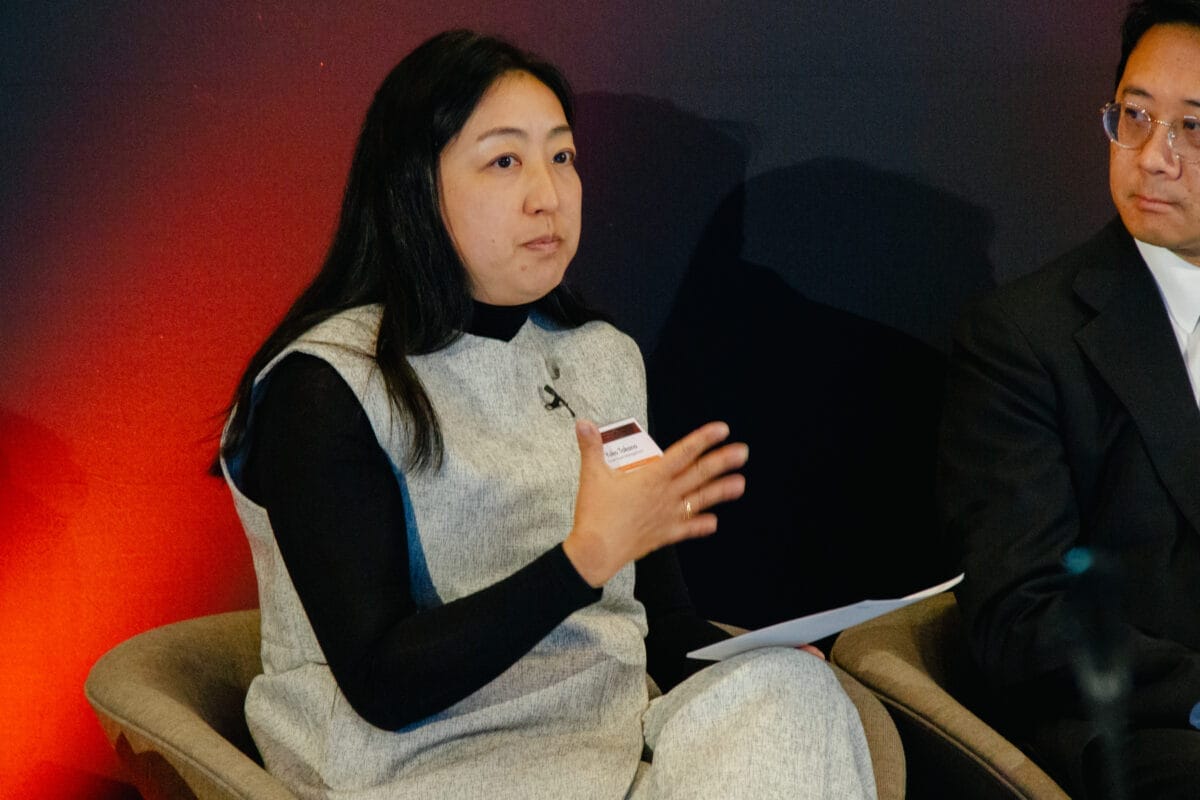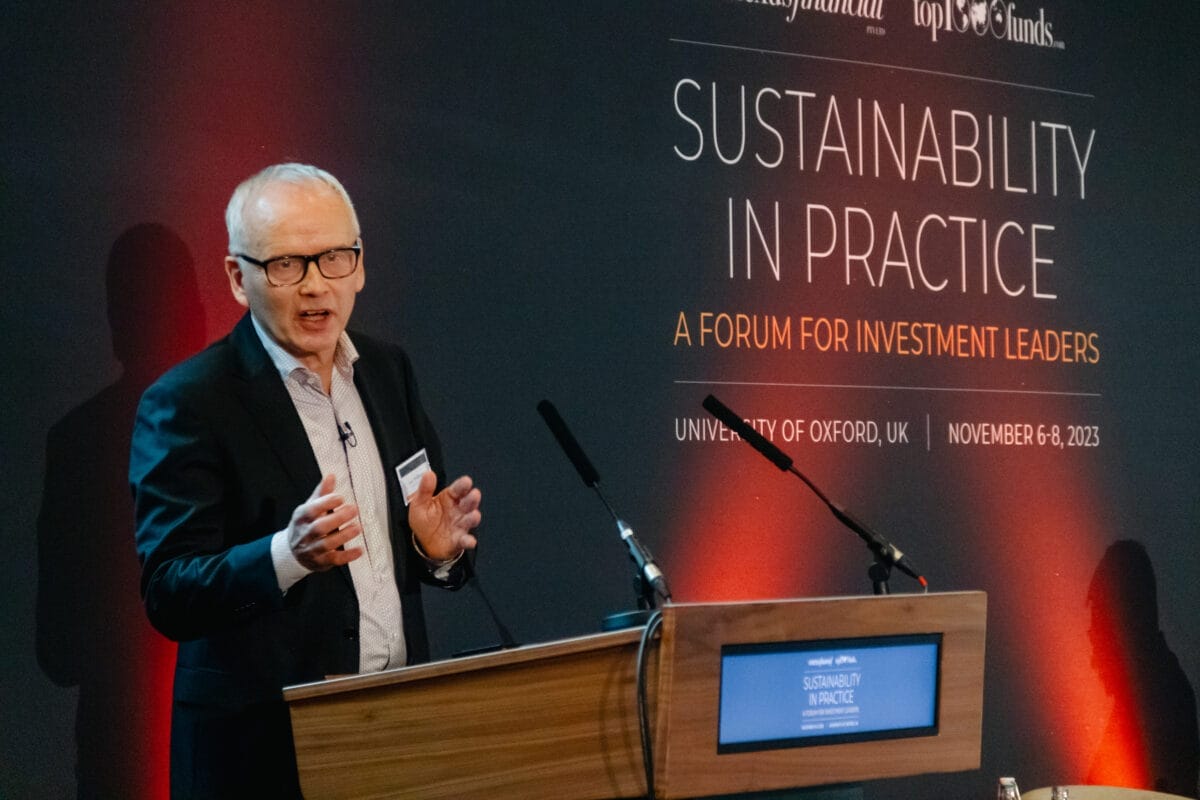Investors’ approach to ESG has evolved considerably, particularly in the area of engagement with portfolio companies, and encouraging change through active and targeted engagement is “the epitome of what active managers can do,” according to Yuko Takano, senior investment manager, equities, at Pictet Asset Management in the UK.
Speaking at the Sustainability in Practice conference, organised by top1000funds.com and held at Oxford University, Takano said ESG was initially more exclusion-focussed, and evolved towards investing in the leaders in various sectors, but “through backward-looking third-party ratings and not really looking out into the future, which created a lot of valuation bubbles.”
Today’s approach, which she dubbed “ESG 3.0,” goes back to fundamental investing and looks at companies in a holistic manner, she said, “and this is where engagement really comes into play.”
In a panel discussion about accelerating companies’ sustainability alignment through engagement, Takano gave several examples of encouraging change in portfolio companies “in a judicious and thoughtful way.”
One was PG&E, a northern California utility company which formerly had significant fire risk and insurance risk and almost went bankrupt. Investor engagement helped the company to accelerate the process of putting electrical wires underground, which supported a regain a lot of credibility in the market.
“It’s been one of our best performing stocks,” Takano said.
Another example was Baker Hughes, an oil services company, which is “not a typical company that an ESG fund would own,” but Pictet was attracted to its unique compression technology which had applications in gas, carbon capture and hydrogen.
Engagement encouraged the company to accelerate investment in this area, focusing on the positive outcomes to the environment and potentially greater margins.
A third study was Japanese carmaker Toyota, where engagement from a range of investors encouraged the company to greater disclosure around its technological roadmap in terms of EV commitments, resulting in its share price to leap.
Michael Marshall, head of engagement at Railpen in the UK, said it was important to focus on the “ecosystem for stewardship,” as “a well-intentioned investor–one with net zero ambitions–may not thrive in a broken system.” Collective action is important, he said.
For Railpen this includes being part of the Paris Aligned Investment Initiative from inception and grappling with difficult questions like “trying to define what it could mean for a diversified investor to be aligned with the Paris Agreement.”
Railpen also co-authored the Net Zero Stewardship Toolkit; has formed a trans-Atlantic coalition with some American pension funds to push against dual-class share structures and increase voting rights; and participated in a range of other initiatives.
Innes McKeand, head of strategic equities at USS Investment Management in the UK, said engagement with public companies was “very, very hard,” and can take years for minor wins. Sometimes the quicker solution is to engage policymakers and governments to legislate against, for example, plastic bottles.
“Get the government or policymakers to change the rules of the game: that’s where we should be changing our influence and our focus, and that’s one of the things we’re trying to get our heads around as a fund,” McKeand said.
“That involves a lot of difficult things for trustees to grapple with: What’s our reputation risk appetite? How do we engage with governments effectively? How do we move the needle?”
Chair Amanda White, director of international at Conexus Financial–the publisher of Top1000funds.com–asked Rossitsa Stoyanova, chief investment officer at IMCO in Canada, how she was approaching engagement with the fund’s private assets.
Stovanova said with around 40 per cent of its portfolio in private assets, IMCO has identified that investing in the energy transition “is one of the biggest opportunities of our lifetime,” and has developed in-house expertise to help portfolio companies transition and decarbonise.
“It starts from the top of the house in developing the expertise, and then I’m going to get to the engagement,” Stovanova said.
Engagement then involves picking general partners based not just on their returns but their ESG goals and beliefs to ensure long-term alignment, and working with them to create decarbonising plans that will “make the company more valuable in the future,” she said.
Han Yik, senior advisor to the chief investment officer – stewardship, at New York State Teachers’ Retirement System in the US, said NYS was a slow mover on ESG but had the advantage of learning from others’ mistakes.
Engagement with high emitters in the portfolio has to be more than a tick-the-box exercise, Yik said, and involves building trust and accountability with decision-makers, rather than just dealing with investor relations.



